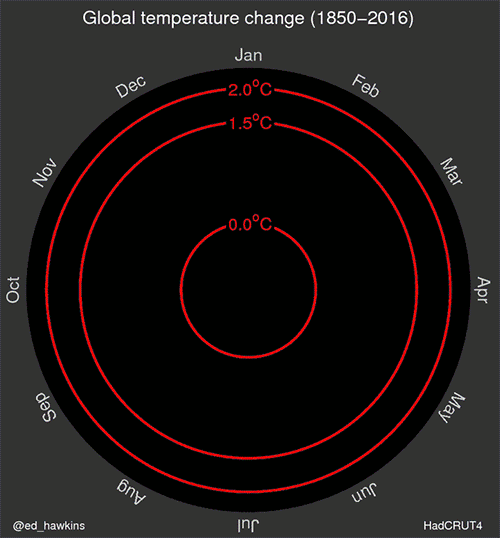Tag archives: big data
CMS publishes 700 papers, extreme data centres, flat-Earth space programme launches tomorrow

Big data: analysis of CMS papers. See Rao’s article for an interactive version (Courtesy: Achintya Rao/CMS)
By Hamish Johnston
CERN’s CMS collaboration has passed a milestone of sorts at the end of October – it published its 700th research paper. And physicists working on the giant detector on the Large Hadron Collider haven’t stopped there as the tally is now 712 and rising.
CERN’s Achintya Rao has delved into the CMS archives and has chosen his top seven papers. These include the first-ever paper about the detector, which was published in 2008 and, embarrassingly, gets the weight of the detector wrong. Rao has also put together an interactive infographic that looks at 680 papers that analyse data collected by CMS.
View all posts by this author | View this author's profile
Spiralling temperatures, physics legacies, the science of mac and cheese

Ring of fire: spiralling global temperatures. Created by climate scientist Ed Hawkins of the University of Reading.
By Tushna Commissariat
As we face up to the realities of global warming and see the effects of climate change become apparent, it’s more important than ever that people the world over truly grasp its impact. With this in mind, University of Reading climate scientist Ed Hawkins has created the above animated spiral, which shows how the global temperature has changed over the past 166 years. Using data from the Met Office’s Hadley Centre observations datasets, Hawkins’ animation presents data in a a clear and artistic way. “The pace of change is immediately obvious, especially over the past few decades. The relationship between current global temperatures and the internationally discussed target limits are also clear without much complex interpretation needed,” says Hawkins, who is based at the university’s National Centre for Atmospheric Science. Take a look at his webpage to learn more about the project and for a list of specific weather events that are noticeable in the data.
View all posts by this author | View this author's profile
Climate change and chaos, the many faces of physics, spider-silk superlenses and more
By Tushna Commissariat
In case you have ever wondered why so many theoretical physicists study climate change, physicist Tim Palmer from the University of Oxford in the UK has a simple answer: “because climate change is a problem in theoretical physics”. Indeed, Palmer, who won the Institute of Physics’ 2014 Dirac medal, studies the predictability and dynamics of weather and climate, in the hopes of developing accurate predictions of long-term climate change. The answer, according to Palmer, lies at the intersection between chaos theory and inexact computing – which requires us to stop thinking of computers as deterministic calculating machines and to instead “embrace inexactness” in computing. Palmer talked about all this and more in the latest public lecture from the Perimeter Institute in Canada – you can watch his full talk above.
When someone says the word “physicist”, what image or persona comes to mind? That is the question the Institute of Physics (which publishes Physics World) was hoping to answer with its recent member survey based on diversity, titled “What Does a Physicist Look Like?” The Institute’s main aim with this diversity survey, which about 13% of its members responded to, was “to understand the profile of our members and gain some insights into who they are – diverse people with different ages, ethnicities, beliefs and much more”. You can read its entire results here.